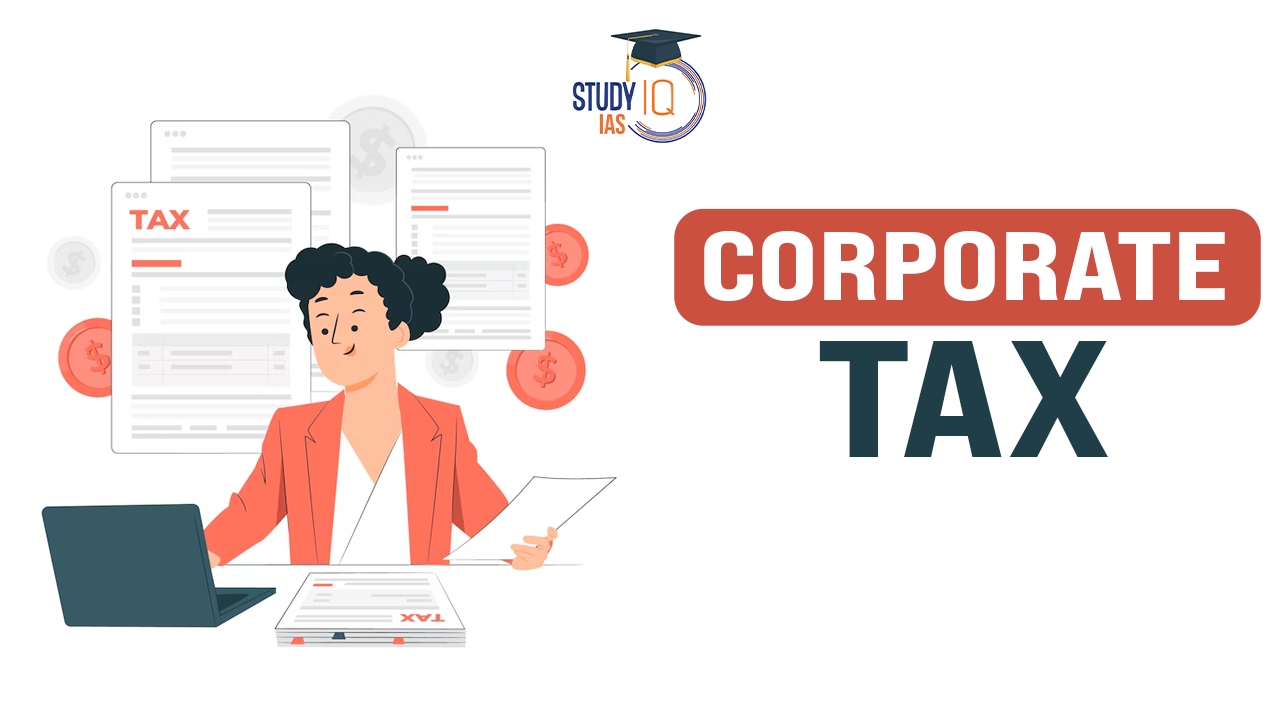Table of Contents
Context: In the years before the pandemic, two of the largest economies in the world — the U.S. and India — cut corporate tax rates in an attempt to stimulate growth.
Tax Cuts in the USA
- Legislation: The Tax Cuts and Jobs Act was signed by former President Donald Trump on December 22, 2017, and took effect on January 1, 2018.
- Corporate Tax Reduction: One of the major provisions was the reduction of the top corporate income tax rate from 35% to 21%. The goal was to stimulate investment, growth, and employment.
- Impact on Investment:
- A study by Gabriel Chodorow-Reich, Owen Zidar, and Eric Zwick in 2024, titled ‘Lessons from the Biggest Business Tax Cut in U.S. History’, showed an 8 to 14% increase in investment.
- Studies suggested investment would likely have declined without the tax cuts.
- However, the long-term GDP increase was only 0.9%, and wages increased by less than $1,000 per worker, which was far below the forecasted $4,000 to $9,000 by the Council of Economic Advisors.
- Fiscal Consequences:
- The long-run reduction in tax revenue was of almost 41%.
- The U.S. economy’s fiscal health was impaired due to higher corporate profits, while the benefits for workers and wages were marginal.
What is Corporate Tax?
Corporate tax is a direct tax levied on the income or profits of corporations and other similar legal entities. It’s essentially a tax paid by companies on the money they earn.
Corporate Tax Cuts in India
- Corporate Tax Reduction: In September 2019, India reduced corporate tax rates for existing companies from 30% to 22%, and for new companies from 25% to 15%. This resulted in a tax revenue loss of ₹1 lakh crore in 2020-21.
- Impact on Employment:
- The pandemic caused severe dislocations in the labour market, leading to high unemployment.
- While unemployment has decreased, the corporate sector contributed little to this recovery, as much of the new employment is in insecure forms like unpaid family work in rural areas.
- Regular wage employment decreased from 22.8% in 2017-18 to 20.9% in 2022-23 (PLFS data).
- Wage Growth:
- The CAGR of average nominal monthly earnings for rural workers was 4.53% and for urban workers was 5.75% (from July-September 2017 to July-September 2022), barely above the rate of inflation.
- In real terms, rural wages declined and urban wages stagnated.
- Corporate Sector Growth:
- Corporate tax collections have grown since the pandemic, but this growth has not led to significant increases in employment or wages.
- Indian tech companies have made news for layoffs, further showing limited employment growth.
Shifting Tax Burden in India
The tax cuts have shifted the burden from corporations to individuals.
- In 2017-18, corporate taxes accounted for 32% of gross tax revenues.
- By 2024-25 (budget estimates), this share fell to 26.5%, while income taxes rose to 30.91% and GST accounted for 27.65%.
- This trend has led the government to remove indexation benefits and tax long-term capital gains, as it seeks new revenue sources to compensate for falling corporate tax contributions.
Analysis of Tax Cuts and Future Prospects
- Uncertain Investment Response: Tax cuts will not boost investment if capital sees future profits as uncertain, especially in an economy recovering from the pandemic and supply disruptions.
- Effects on Income Distribution:
- Tax cuts on profits primarily benefit private capital, as they increase profits on already invested capital, rather than promoting new investment.
- Wage earners benefit little unless investment significantly boosts employment, productivity, and wages.
- Policy Recommendation:
- A more suitable strategy would involve higher taxes on existing profits and increased incentives for future investments.


 Foreign Contribution Regulation Act (FCR...
Foreign Contribution Regulation Act (FCR...
 World Economic Forum’s Future of Jobs ...
World Economic Forum’s Future of Jobs ...
 SAMARTH Udyog Bharat 4.0: Transforming I...
SAMARTH Udyog Bharat 4.0: Transforming I...





















